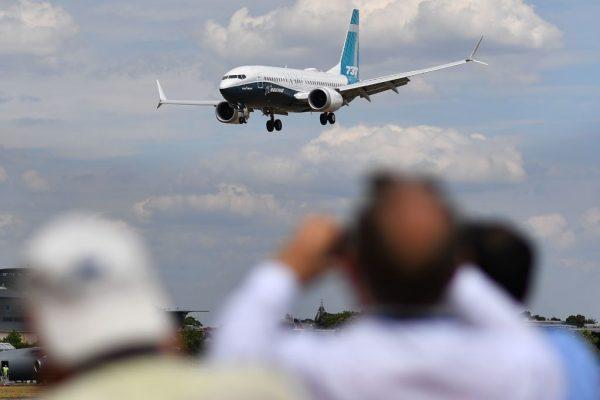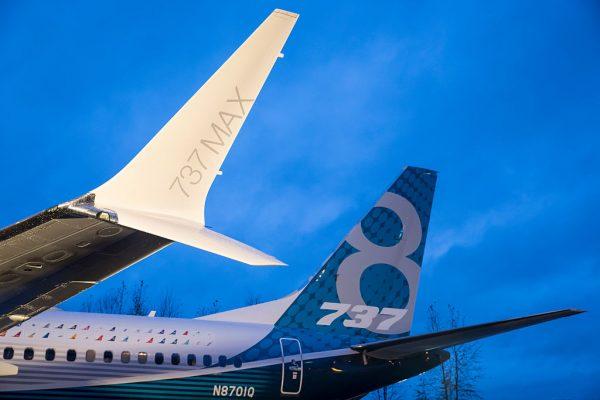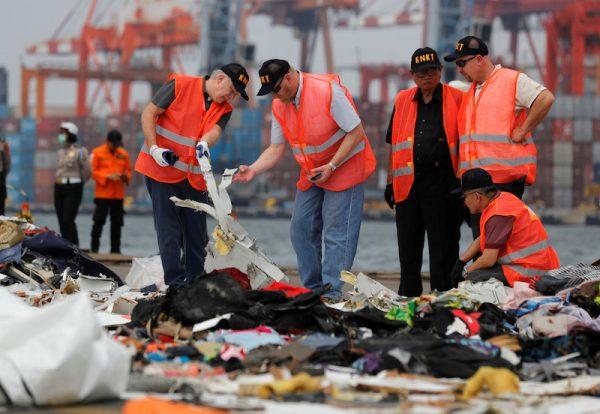Following the fatal crash of a Lion Air jet in Indonesia last week, Boeing has issued a warning to airlines operating its new 737 MAX about what to do in the event of an “angle-of-attack” sensor failure and avoid a dangerous nose-dive.
The warning follows preliminary findings from the Lion Air crash that the angle-of-attack (AOA) sensor malfunctioned.
An aerodynamic stall is when the wings of an aircraft can’t produce enough lift and the plane starts to dive.

Boeing’s Instructions for Pilots
Boeing said that the warning directs operators to “existing flight crew procedures to address circumstances where there is erroneous input from an AOA sensor.”An unnamed source familiar with the Boeing’s technical bulletin described how the sensor error could cause pilots to lose control of the plane.
Boeing says in the bulletin that if this failure arises, “initially, higher control forces may be needed to overcome any nose-down stabilizer trim.”
Pilots should then switch off the automatic trim system and carry out trim adjustments manually, the instructions say.
“This is all coming from the Indonesian crash,” said the person briefed on the Boeing bulletin. “I’m not aware of any other operator having this problem.”
Boeing added that issuing bulletins or recommendations regarding the operation of its planes is a “usual process.”

Lion Air Disaster
The Lion Air 737 Max 8 jetliner plummeted towards the Java Sea minutes after takeoff from Jakarta airport in Indonesia on Oct. 29.Safety investigators said the plane may have hit speeds of 600 mph before hitting the water.
All 189 people aboard the plane were killed.

Moments earlier, the pilots radioed a request to return to Jakarta to land, but never turned back toward the airport, according to Indonesia’s National Transportation Safety Committee and flight-track data, as cited by Bloomberg.

The probe into what happened with the Lion Air plane “is ongoing and Boeing continues to cooperate fully and provide technical assistance at the request and under the direction of government authorities investigating the accident,” the company said in the statement.
The U.S. Federal Aviation Administration said Wednesday it would require airlines to follow Boeing’s newly released safety bulletin, reminding pilots how to handle erroneous data from the sensor.
The FAA said it plans to mandate the bulletin by issuing an airworthiness directive and “will take further appropriate actions depending on the results of the investigation.”




